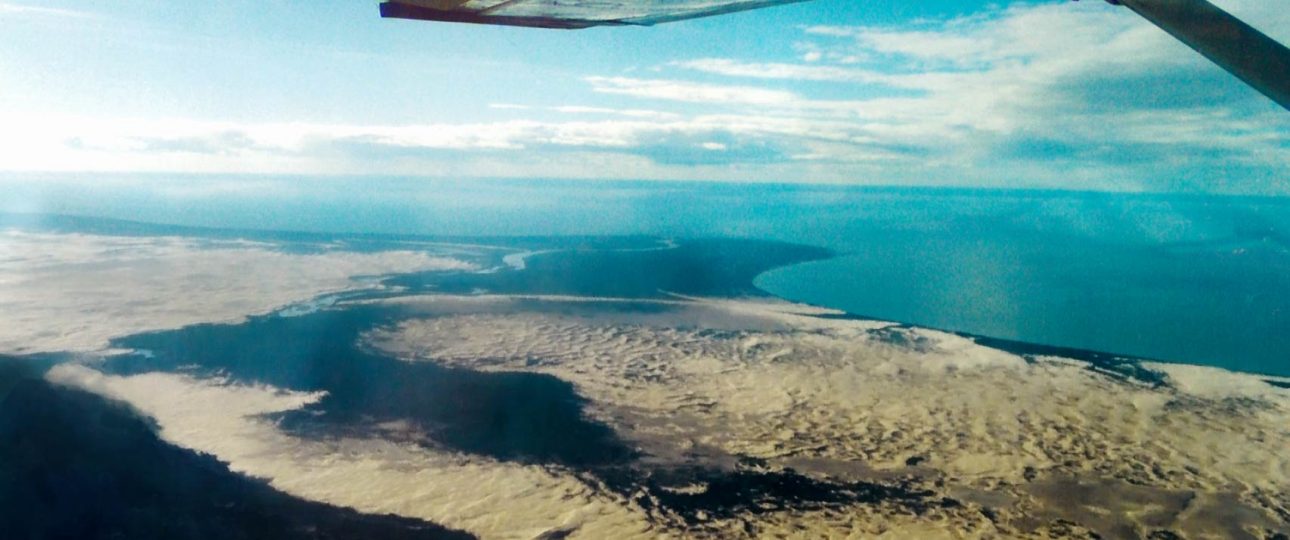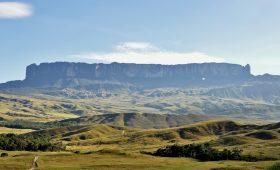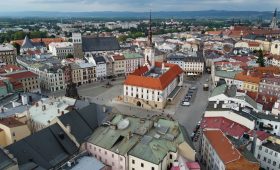Athabasca Sand Dunes Provincial Park
Exploring the Unique Landscape
Athabasca Sand Dunes Provincial Park in northern Saskatchewan is home to Canada’s largest active sand surface. Spanning approximately 1,925 square kilometers, these dunes are a geological marvel formed around 8,000 years ago. The dunes, some towering up to 30 meters, are constantly reshaped by the wind, offering a dynamic landscape that is both challenging and rewarding to explore.
Geological Features
The park’s dunes are primarily parabolic in shape, with sand almost entirely covering the underlying sandstone deposits. The region also features eskers, beach ridges, and portions of the Williams River flowing through braided channels in the sand. These geological formations contribute to the park’s unique ecosystem, which acts as a massive aquifer influencing both plant life and dune development.
Flora and Fauna
Despite the harsh conditions, the park supports a variety of plant and animal life. Look for rare and endemic plant species like the felt-leaved willow and Mackenzie hairgrass. Birdwatchers might spot the piping plover or common tern, while those with patience might glimpse a woodland caribou or black bear. The area’s biodiversity is a testament to nature’s resilience and adaptability.
When to Visit
The optimal time to visit is between June and August. During these months, temperatures range from 15 to 25 degrees Celsius, making it comfortable for outdoor activities. The park is particularly vibrant in summer, with wildflowers in bloom and the lakes reflecting the sun’s rays.
Getting There
Reaching Athabasca Sand Dunes Provincial Park requires careful planning. The park is about 500 kilometers north of Saskatoon. Here’s a step-by-step guide:
- Fly into Saskatoon, serviced by major airlines.
- Take a connecting flight to Fond-du-Lac, the nearest community to the park.
- From Fond-du-Lac, arrange for a chartered floatplane or boat to access the park.
Transportation options can vary, so it’s wise to consult local tour operators or the park’s official website for the latest information.
Local Transportation
Once inside the park, exploration is primarily on foot. Hiking trails allow you to traverse the dunes and surrounding areas. For a different perspective, consider a boat tour on the lakes. Be prepared for limited facilities and bring necessary supplies, as the park’s remote location means amenities are sparse.
Key Facts
- Location: Northern Saskatchewan, Canada
- Size: Approximately 1,925 square kilometers
- Features: Largest active sand surface in Canada, dunes up to 30 meters high
- Best Time to Visit: June to August
- Access: Fly to Saskatoon, connect to Fond-du-Lac, then charter a floatplane or boat
- Activities: Hiking, birdwatching, boat tours




